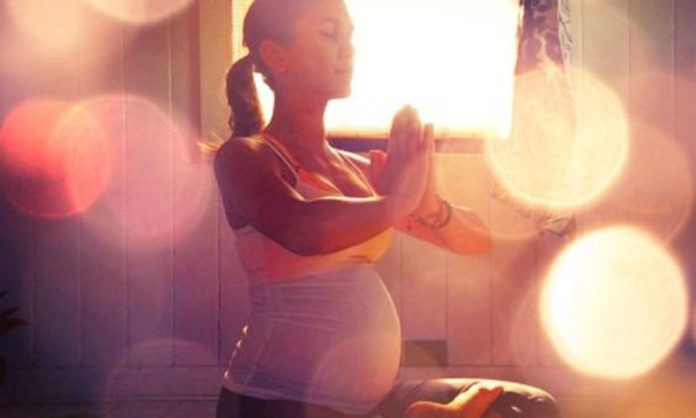With its emphasis on breathing and relaxing, yoga can reduce insomnia and help the mother-to-be mentally and physically prepare for the birth. It’s an exercise that seems to deal directly with difficulties of pregnancy on the body.
Yoga helps to alleviate back and leg pain, sore or cramped muscles, and swelling caused by water retention. If a bit of yoga can help the leg cramps, back ache and strengthen the body for birth, then why not give it a go.
Mr Nagajurna Reddy (Omkar), Yoga Master from True Yoga has shared with us some of the benefits. His Pre-natal classes are held at True Yoga Pacific Plaza and True Yoga Ocean Towers.
Benefits Of Yoga
- Promotes health and improves energy for both mother and child, bringing about greater control of the body and movements.
- An ideal way to prepare the body for the pregnancy and helps to build a strong bond between mother and child.
- Aids in strengthening the spine and encourages the lower back to lengthen downwards, which enables the uterus to be cupped securely in the pelvis. This way, the baby’s weight is borne through the hips and legs rather than the lower back.
- Balances the hormonal system and improves blood circulation and water retention.
- Allows the baby in the mother’s womb to experience different spatial positions.
- The massaging effect of the stretches on the womb assists the flow of oxygen and nutrients to the baby.
- Alleviates common problems of physical and emotional tension and stress.
Beginners
Now, if you have never done yoga before and you are skeptical of being able to stretch into those positions you’ve seen, rest assured that beginners are only encouraged to do what is comfortable. Go to a yoga studio and talk to the instructor first so that you are comfortable with the atmosphere and the training.
Tips To Ensure Proper Exercise
- If you haven’t been doing yoga regularly, then take a beginners class to ease yourself into the yoga routine.
- Don’t perform any poses on your back after the first trimester as that can cut blood flow to the uterus.
- Avoid poses that stretch the muscles too much, particularly the abdominal muscles.
- Perform standing poses with your heel to the wall or use a chair for support to help prevent losing your balance and risking injury to you or your baby.
- When bending forward, bend from the hips, not the back. Maintain as much distance as possible between the breastbone and the pubic bone. This will make breathing easier.
- Keep the pelvis upright when stretching the chest and the front of the thighs.
- If you need to bend forward while in a sitting position, place a towel around your feet and hold both ends. Bend from the hips and lift the chest to avoid compressing your abdomen.
- When practicing twisting poses, twist more from the shoulders and back to avoid putting any pressure on your abdomen.
- If you feel any discomfort, stop. You will probably need to adapt each pose to your body’s physical changes.
Try It!
Take note that not all yoga studios offer prenatal yoga classes.





